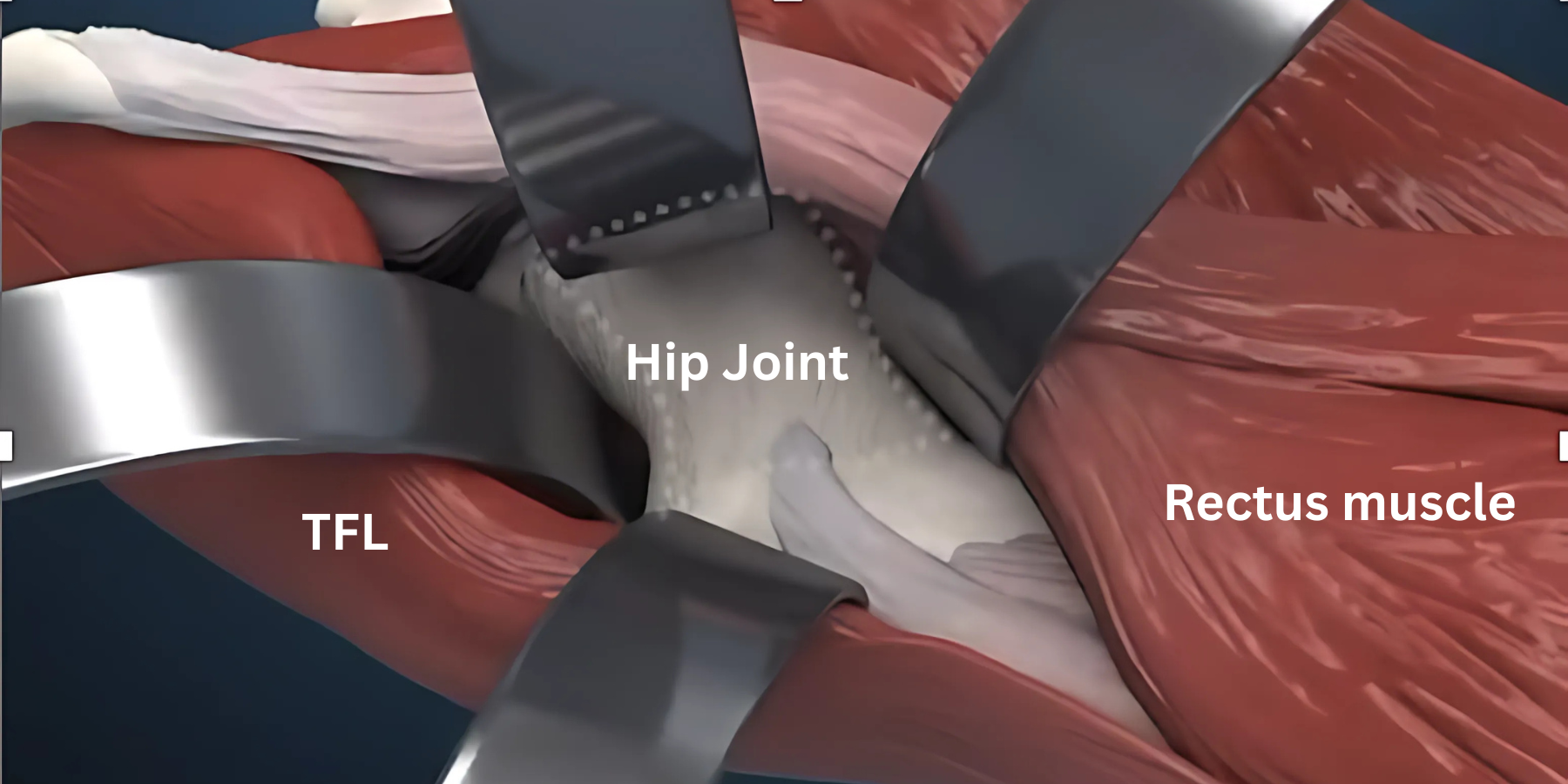Direct Anterior Approach (DAA) Total Hip Replacement
Hip replacement surgery is one of the most successful procedures in modern medicine. For patients suffering from severe arthritis, fractures, avascular necrosis (AVN) or degenerative hip disease, it offers relief from pain and restores mobility.
The Surgical Approach - The pathway a surgeon takes to reach the hip joint—significantly
influences recovery speed, complication risks, and patient satisfaction.
Among the various methods, the Direct Anterior Approach (DAA) is emerging as a game-
changer, allowing patients to recover faster and get back to normal life sooner compared to
traditional posterior or lateral approaches.
The DAA is however technically demanding and a surgeon’s skill directly impacts recovery
speed and complication rates. Technique variations exist, and outcomes depend heavily on
surgeon expertise. When performed by experienced surgeons, complication rates are comparable
or lower.
The DAA takes advantage of natural spaces between muscles (Utilizes a natural or true intermuscular and internervous plane) meaning no detachment or cutting of muscle is required.
-
Lower postoperative pain
Studies show DAA patients generally need fewer pain medications and require shorter physiotherapy sessions -
Faster return to daily activities
Studies show anterior approach patients return to driving, work, and recreational activities faster

A natural or true intermuscular and internervous space is developed in the front of the thigh between two muscles namely the ‘Tensor Fascia Lata’ (TFL) and ‘Rectus Femoris’ muscle without cutting or detaching any muscle